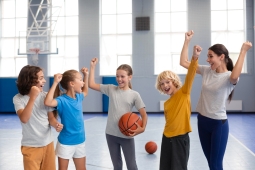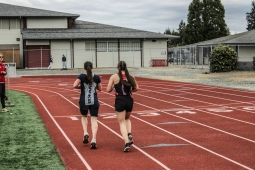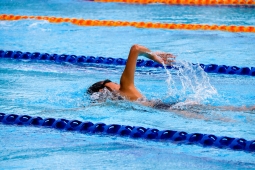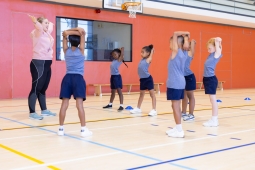Beach Ball and Aquatic Games: Fun and Fitness in the Water
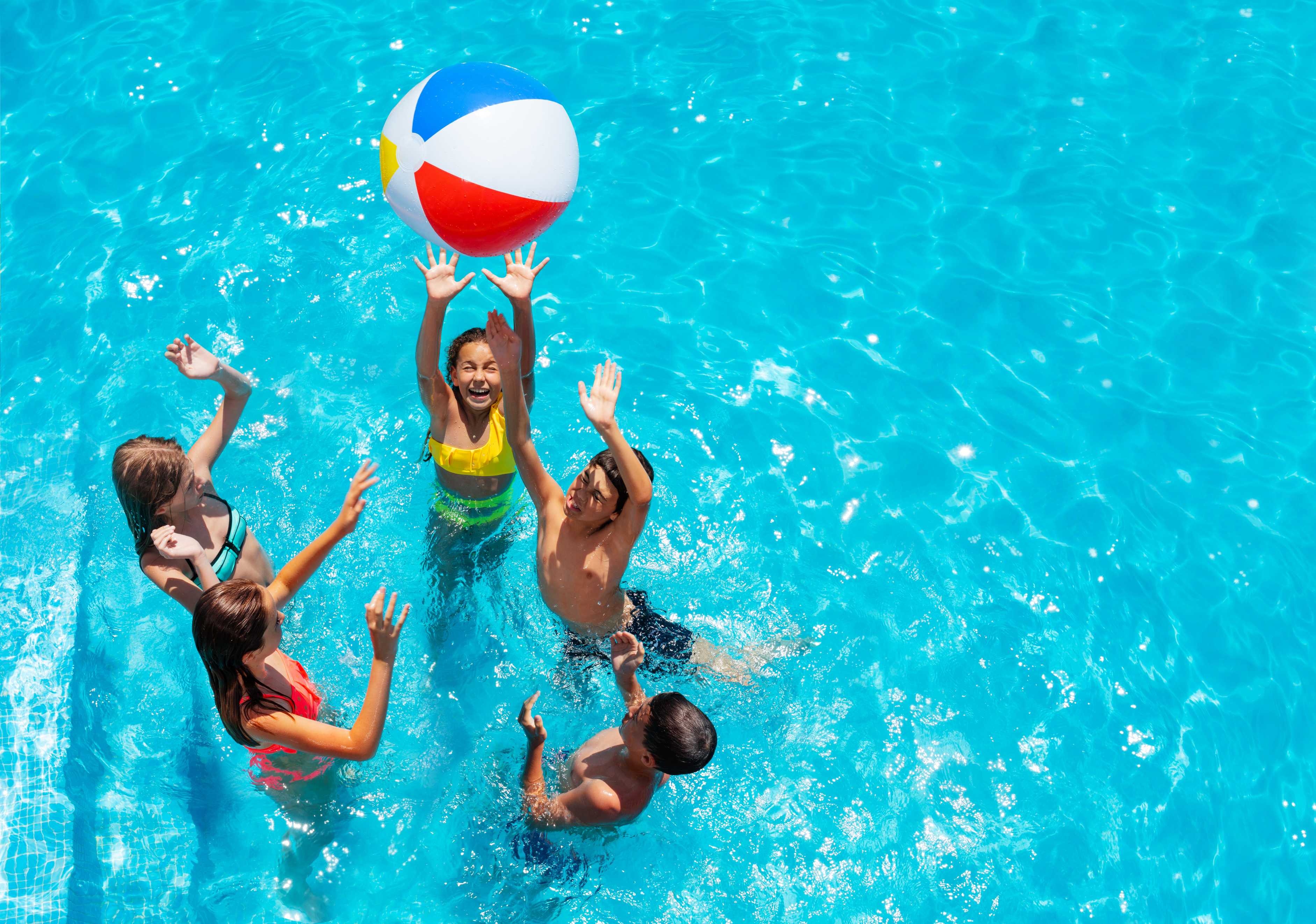
Swimming pools and beaches are perfect places to build comfort and confidence in the water. One of the best tools to get everyone moving and having fun is the classic beach ball. Lightweight and inviting, beach balls are accessible for people of all ages and skill levels.
Partner Games to Get Things Rolling
These games are great for pairs and encourage coordination, balance, and a little friendly competition:
- Toss and Tag: In this playful game, pairs of players toss a beach ball back and forth. When the leader shouts “Tag,” the person holding the ball tries to tag their partner. After a few seconds, the leader calls “Toss,” and the players regroup to continue passing the ball.
- Ball Hug: Both players grip the same beach ball and, at the leader’s signal, try to wrest control—either by taking the ball or forcing their partner to move their feet. This game challenges balance, strength, and strategy.
- Pop: In pairs or small groups, one player submerges a small ball and releases it. As the ball shoots into the air, another player tries to catch it. The catcher then becomes the next to submerge the ball. Teams can compete to see how many successful catches they make within a time limit.
Add Pool Noodles for Extra Challenge
Pool noodles bring a new twist to these classic games:
- Partner Tag: In pairs, players move around the pool while holding a beach ball between them. One out of every five pairs holds a pool noodle—these pairs are the “taggers.” The taggers try to tag other pairs, all while keeping their beach ball in place. For added difficulty, players can hold the ball between their backs instead of their fronts.
- Chain Tag: Two players begin the game holding a noodle between them, forming a “chain.” Each also holds a second noodle (or shares one) to tag other players. Once tagged, a player joins the chain by grabbing on to the noodle, and the chain continues to grow until everyone has been tagged.
- Lobster Tag: A few players begin as “lobsters,” each holding two noodles as claws. They try to tag other players with their claws. When someone is tagged, they grab two noodles and become a lobster too. The game ends when only one player remains untagged—the winner!
- Tag the Lobster: This energetic game doubles as a clean-up activity. Most players start as lobsters, and one or two begin as taggers. When a lobster is tagged, they place their noodles poolside and join the tagging team. The last lobster tagged is the winner!
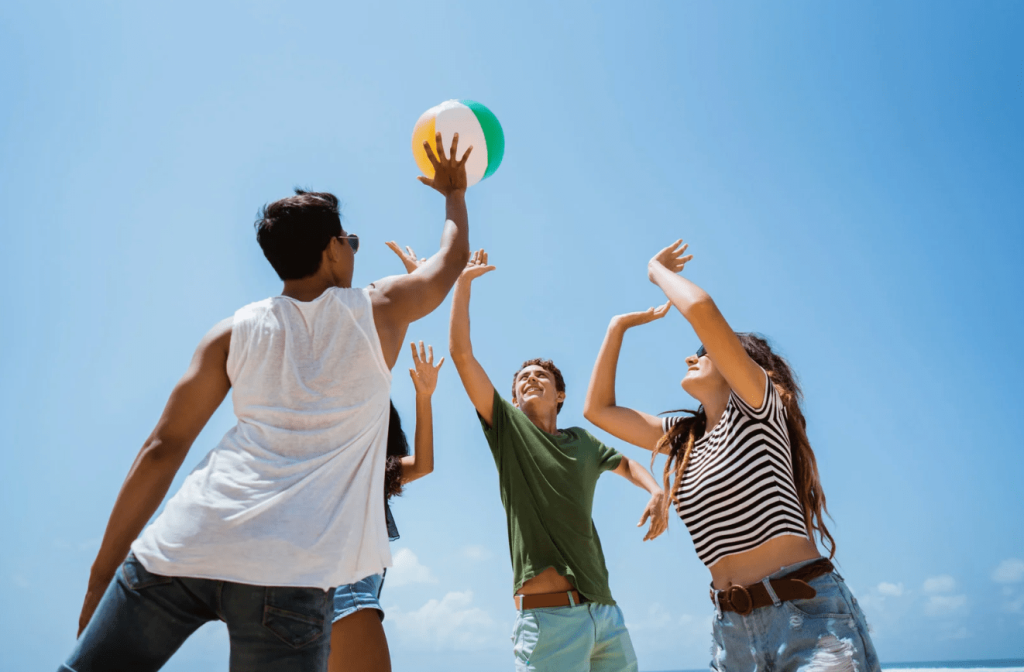
Team Games That Build Spirit
These games are great for larger groups and promote teamwork and communication:
- Keep It Up: Teams of five to eight players work together to keep a beach ball in the air, counting how many consecutive touches they can achieve without letting the ball hit the water or ground.
- Headers: A variation of Keep It Up where players may only use their heads to keep the ball airborne, encouraging coordination and teamwork.
- Rebounding Keep It Up: Each player uses a smaller ball to hit the main beach ball. The goal remains the same—keep the beach ball in the air and count consecutive hits. It is a fun and challenging twist.
- Keep Away (Circle Style): Players form a circle with one or two players in the center. The outer circle tosses the beach ball around while trying to avoid the center players. If a middle player intercepts the ball or forces a missed catch, they switch places with the player responsible.
- Jog Toss: Players walk in a circle, with most holding a ball. When the leader says “Toss,” each person throws their ball into the air. The player behind them must catch it. This quick-reaction game keeps everyone on their toes.
- Consecutive Passes: One team tries to complete as many consecutive passes as possible. If a pass is dropped or intercepted, the opposing team takes over. For added difficulty, have the second or third player behind the tosser attempt to catch the ball.
Classic Team Games with a Water Twist
Even traditional team sports can be adapted for poolside play with beach balls:
- Water Polo: Teams aim to score by tossing a ball into the opposing team’s goal. For a fun twist, try Inner Tube Water Polo, where everyone must stay seated in an inner tube while playing.
- Ultimate and Basketball: In water Ultimate, each team begins at the pool wall. One team starts with the ball and throws it toward the other team. A player who catches the ball may not move with it but must pass it to advance toward the opposing wall. If the ball is dropped or intercepted, the other team takes possession.
For water Basketball, one player from each team holds a hula hoop as a basket. Players aim to score by tossing the ball into the hoop, but no one may come within two hula hoops’ distance of the basket.
Looking for more aquatic inspiration?
Check out over 40 game ideas at the CanadaGo4Sport website.
For long-lasting aquatic equipment, explore the durable beach balls from Omnikin, available through Gopher or your preferred equipment supplier.




